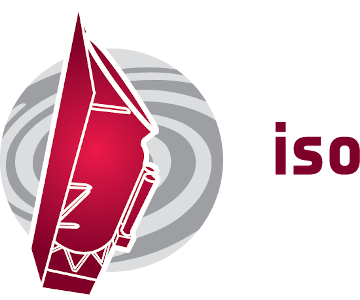| Description |
this proposal is to continue and complete an iso study of wc stars started in an open time programme in cycle 1 (ajwwolf) allocated 44280 secs. (pri 2) by otac. we propose to determine the abundances of ne and mg in wc stars, which are the last visible stage in massive star evolution before supernova explosions. these abundances are an essential test of the nuclear reactions chains in the helium-burning stage. in particular, the reaction involving ne and mg, i.e 22ne(alpha, gamma)25mg, is the source of neutrons, which are then captured on fe-peak elements, thus producing s-elements. the abundances of ne and mg are critical to check whether massive stars really are the main sources of s-elements with atomic mass number a < 100, as found in several recent nucleosynthetic models (prantzos, hashimoto and nomoto, 1990; meynet and arnould,1992; baraffe, el eid, prantzos, 1992). before it was thought that agb stars were the main source of s-elements, a fact which seems to be true only for s-elements with a > 100, which are quantitatively less abundant. the ne and mg abundances in wc stars can only be determined from spectroscopy of their infrared fine structure lines in the sws waveband. prior to iso such [ne] lines have been observed only for gamma velorum (wc8+o9i) - the derived ne/he ratio being about twice solar, rather than 30 times solar predicted in evolution models. it is crucial to measure the ne (and mg) abundances in other (single) wc stages, confront and test the models. iso provides a unique opportunity to do this and check the relatively advanced nuclear evolution phases not analysed so far, and test the newly-proposed site of s-elements with a < 100. |

